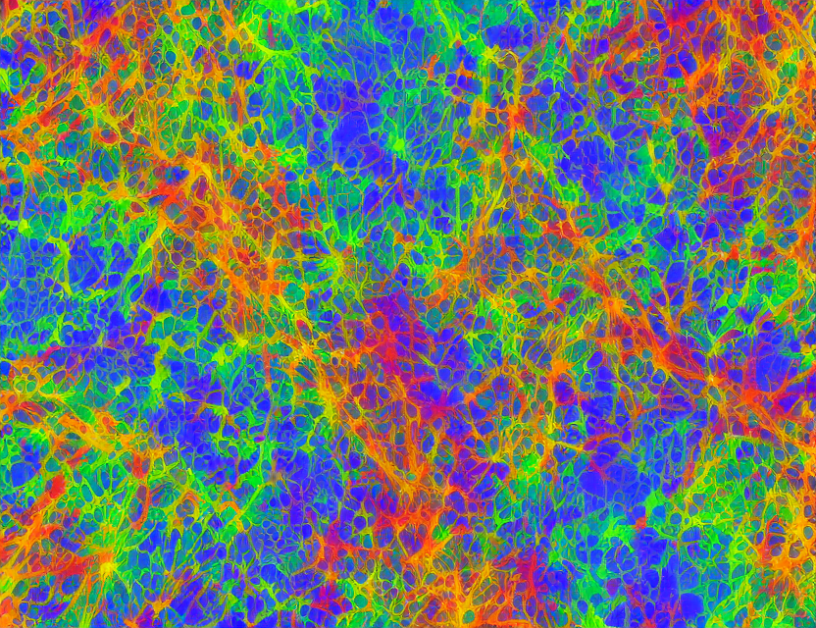Node classification is a fundamental task in graph mining, where the goal is to predict the label of a node based on its neighbors’ labels. However, in real-world datasets, the labels are often noisy or incomplete, which can significantly affect the performance of node classification algorithms. To address this challenge, the authors propose a new algorithm called ERASE, which stands for "Error-Correcting Label Embedding with Symmetric Noise."
ERASE Algorithm
The ERASE algorithm consists of two main components: (1) an embedding layer that maps the noisy labels to a lower-dimensional space, and (2) a classification layer that predicts the label of a node based on its embedded representation. The key innovation of ERASE is the use of symmetric noise, which allows it to handle both asymmetric and symmetric noise scenarios.
Symmetric Noise
In symmetric noise scenarios, the transition matrix Qij is used to model the probability of flipping the labels of two nodes. ERASE uses a symmetric variant of Qij, called Q, which is computed as 1/n^2 * adj(A), where A is the graph adjacency matrix and n is the number of nodes in the graph.
Asymmetric Noise
In asymmetric noise scenarios, the transition matrix Qij is not symmetric and can be modeled using a variety of functions, such as a logistic function or a sigmoid function. ERASE extends to handle these scenarios by using a combination of symmetric and asymmetric noise models.
Scalability
To evaluate the scalability of ERASE, the authors conduct experiments on a large-scale graph benchmark called OGBn-arxiv, whose statistics are provided in Appendix C.1. The results show that ERASE outperforms baseline algorithms while maintaining good scalability.
Visualization
To verify the orthogonal property of the learned representations, the authors provide visualization of the confusion matrix of learned representations. As shown in Figure 4, the learned representations are approximately orthogonal even in high noise ratio scenarios. This suggests that ERASE can effectively reduce the coding rate reduction by maximizing the orthogonality between different classes.
Conclusion
In summary, ERASE is a simple and efficient algorithm for node classification with label noise. By using symmetric noise modeling and a combination of symmetric and asymmetric noise models, ERASE can handle both symmetric and asymmetric noise scenarios while maintaining good scalability. The authors provide visualization results to verify the orthogonal property of the learned representations, which suggests that ERASE can effectively reduce the coding rate reduction by maximizing the orthogonality between different classes.



